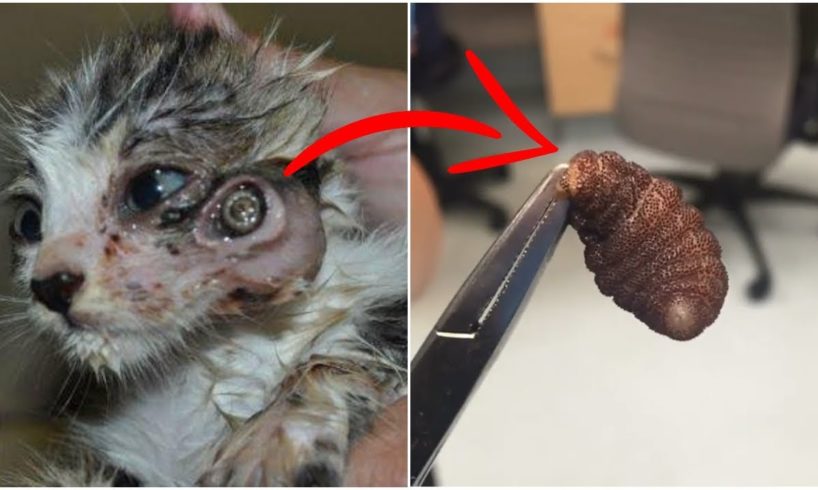
Rescue Poor Little Kittens From GIANT Botfly Larvae 2019
Credits belong to respectful owners. In case of copyright issues, please contact me immediately for further crediting or clip deleting. Thanks a million for that!
https://www.instagram.com/p/BIDt8R9grhY/







Need to burn this shit! I mean the Botfly Larvae! I hate it!
Also how the fuck does this happen..?!?! These kittens..my heart..
I have vermiphobia..I love kittens..I WANNA FUCKING MURDER THOSE BOTFLY LARVAE OMFG THE KITTENS ARE HURTING… ❤️❤️❤️
It's so disturbing yet pleasing to watch..
BURN THE LARVAE
At 1:00that kitten scream so cute even tho that shit Little thing make the kitten pain???
Awww ?
Humans to Kitten: OMG POOR BABY I AM LITERALLY SHAKING
Humans to Fly: OMG KILL IT NOW
So you claim to love all animals but you wanna kill one type because it doesnt look cute?
Where us this at ?
whys the vid exactly 4:20 seconds long lol
The poor babies
I never see what happens next. How do you treat the wound?
Meu Deus como pode deixar isso acontecer com o gatinho falta de cuidado eu tenho 4 gatos amo tanto que ate seus bigodes quê caem.eu.guardo são jóias pra mim eu morreria. Eles sofrecem assim???????
Pq os fdp dos donos deixam isso acontecer!!!? Isso é maldade devemos cuidar dos nossos filhos bichanos com muito cuidado para isso não acontecer !!!!! ??????
Pelo amor de Deus não tem remédio pra matar estas pragas coitadinho que dor
fucking larvers
How tho
I puked
Why don't they sedate the poor animals?
Are they laughing this is serious are you a doctor or not because you're not going to do anything don't do it and if you don't know it don't do it
Poor kitten but it's worth it
?????????
Poor kitten 🙁
What god is this you speak off, proof enough that there couldn't be a god.
I WANNA ADOPT ALL OF EM’??????
??
Video is long 4 minutes and 20 seconds, 4:20 = 420 = WEED
All the dislikes are from botfly
Poor kittens
The humans seemed to be enjoying looking at these parasites
0:38 bitch shut up what the fuck is so funny about this